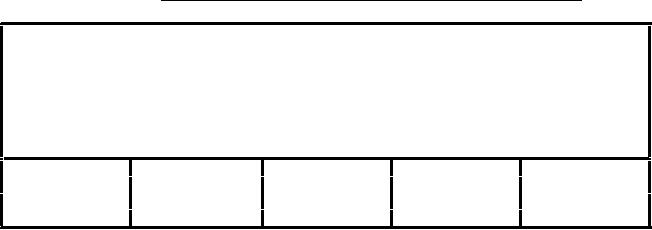 |
|||
|
Page Title:
Table 76. Drainage line feature table (DNLINE.LFT). |
|
||
| ||||||||||
|
|  MIL-D-89009
APPENDIX
TABLE 76.
Drainage line feature table (DNLINE.LFT).
{Header length};\
Drainage Lines;DNLINE.DOC;\
ID=
I,1,P,Row Identifier,-,-,:\
DNLNTYPE=I,1,N,Type of Drainage line,INT.VDT,-,:\
DNLNSTAT=I,1,N,Status of Drainage line,INT.VDT,-,:\
TILE_ID= S,1,F,Tile Reference Identifier,-,DNLINE.LTI,:\
EDG_ID= I,1,F,Edge Primitive Foreign Key,-,-,:;
1
1
2
131
1
2
4
8
77
2
:
:
:
:
:
n
n
n
n
n
DNLNTYPE
Streams, rivers, channelized rivers1
1
=
2
=
Inland shorelines
3
=
Wet sand limits
4
=
Canals, aqueducts, flumes, penstocks,
kanats, or similar features (clearly identified by
annotation in text primitive table)2
5
=
Glacial limits
6
=
Snowfields, glaciers, or land ice to water ice or ocean
7
=
Ice free limits (land/ice line)
8
=
Connectors (used to separate inland water for ocean or ocean
ice)3
9
=
None (outer boundary)
DNLNSTAT
This attribute classifies drainage features according to whether or not
they are: perennial, seasonally fluctuating, unsurveyed, abandoned,
under construction, suspended, or underground.
1
=
Perennial (used for streams only)
2
=
Nonperennial (used for streams only)
3
=
Definite (used for inland shorelines only)
4
=
Indefinite (used for inland shorelines only)
Unsurveyed perennial (used for streams only)4
5
=
Unsurveyed nonperennial (used for streams only)5
6
=
7
=
Abandoned
8
=
Under construction
9
=
Suspended or elevated
10
=
Underground
11
=
Above ground
88
=
ONC module boundary
99
=
None
Notes
1
In some cases, it is not possible to differentiate canals from streams
or rivers on an ONC.
2 Only features clearly identified by textual annotation in the text
primitive table have been given this code. All questionable features
have been coded as streams.
102
|
|
Privacy Statement - Press Release - Copyright Information. - Contact Us |